UNCOMPROMISING
“Never again!” proclaimed an official after Michel Macréau’s first retrospective exhibition.
Held at the Musée d’Annecy in 1992, it sparked fierce controversy!
Although the works of painters like Marfaing, Chu Teh-Chun, and Michel Macréau (1935-1995) are in vogue today, in the 1960s, he felt very alone in his uncompromising creative approach. Later, he confided to me, “I discovered the work of Penck in Berlin: I wasn’t alone, there was a family.” His German dealer, Nothelfer, arranged a solo exhibition for him at the FIAC in Paris in 1988, which generated some interest from the art market.
When asked if this recognition outside of his loyal circle of collectors made him happy, he paused and then replied:
“No, I’m worried about being trendy.”
His artistic training at the Lycée de Sèvres and the studio of fresco artist Lesbounit are worth highlighting. He was outraged when associated with outsider art.
Early on, Raymond Cordier appreciated his work and exhibited him in 1962.
In 1964, critic Gérald Gassiot-Talabot classified him within the Narrative Figuration movement.
A friend of artists from the Cobra movement, Michel Macréau would meet with Maryan, Pouget, Chaibia, and others at the colorful gallery space of art dealer Cérès Franco, *L’Oeil de Bœuf*.
One of the two large paintings made by Corneille and Macréau in collaboration was displayed in Cérès’ private apartment. Corneille wrote in a preface for a Macréau exhibition:
“They are neither tender nor cute; they are distraught and terrifyingly true…”
Due to a lack of resources in his early years, the artist appropriated various materials, even ripping up floorboards from the squat where he lived to make frames, stretching hospital sheets provided by his wife, Claudie Pessey, also a sculptor.
At first, he squeezed the tube, ejaculating black paint in a web that spread over the entire surface of the canvas.
The eye doesn’t look… it speaks.
“The eye doesn’t wonder… it knows.”
Open to experiments and materials that could enhance his style: spraying, signs, burlap bags, and words with which he played like a cat with a mouse.
In 1970, he created a large ephemeral public painting in Ibiza:
“Graffiti is the only painting style alive in 1973.”
Combas has expressed strong interest in Macréau’s painting for years. Rebeyrolle wrote in a letter-preface:
“I regret discovering the work too late and not knowing the man…”
Regrets also for this creator who had an innate sense of the monumental, and for lack of commissions, made only a few plates in Vallauris where he never managed to meet Picasso… just an unanswered bell and a closed door.
He dreamed of taking over a church, thinking, of course, of Matisse. Throughout his years of creation, he set aside works in his studio that read “Project for a Chapel” on the back.
During the 1995 retrospective in Bourges, Michel Macréau drew a series of Christ-like faces in a deconsecrated chapel, which adorned the last pages of his journal.
“What remains is the filmed testimony of this installation entitled “Epanchement de ligne.”
Jean Dominique Jacquemond
September 2024
